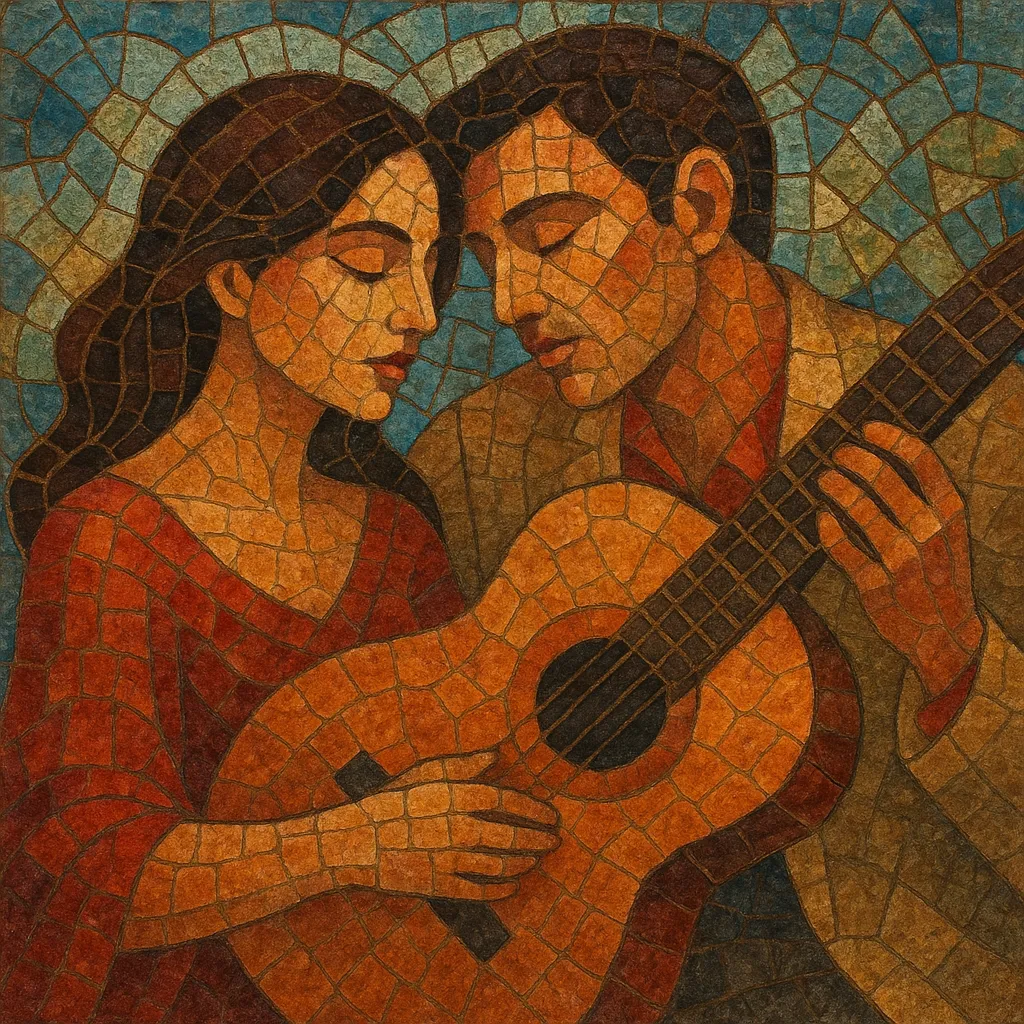Latin ballad (balada romántica) is a romantic, slow-tempo pop song style that emerged across Latin America in the 1960s, blending the melodic intimacy of the Cuban bolero with the orchestral sweep and songcraft of European (especially Italian and Spanish) ballads.
Its hallmarks are emotive lead vocals, lush string or keyboard arrangements, clear verse–pre‑chorus–chorus structures, and lyrics centered on love, longing, heartbreak, and reconciliation. Songs often sit around 60–90 BPM, use diatonic pop progressions with tasteful modulations, and may feature a climactic key change to heighten drama.
The genre became a radio mainstay and a soundtrack to telenovelas, shaping the sound of Latin popular music for decades and influencing salsa romántica, grupera, and modern Latin pop balladry.
Latin ballad crystallized in the 1960s as Spanish-language popular music absorbed the romantic storytelling of Cuban bolero and the orchestral, melodic sensibilities of Italian and Spanish canzone traditions. Early arrangers borrowed from easy listening and film-score aesthetics, centering the voice and building dramatic arcs around strings, piano, and gentle percussion.
The genre achieved continental ubiquity via radio, LPs, and televised variety shows. Star vocalists from Mexico, Spain, Venezuela, and Puerto Rico turned the ballad into a defining format of mainstream Latin pop. Songwriters crafted memorable choruses and expressive bridges, and producers refined a glossy sound that traveled easily across markets.
With the rise of Latin pop globalization, the ballad intertwined with soft rock, adult contemporary, and glossy studio production. Artists modernized harmony and timbre, while maintaining lyrical focus on romance and emotional confession. The genre’s melodic grammar informed salsa romántica and the romantic turns in bachata and grupera.
Streaming and telenovela syncs sustained the form, while younger acts blended classic ballad writing with contemporary pop, R&B, and cinematic production. The emotional directness, modulation-driven climaxes, and vocal-forward mixes continue to define Latin romantic songcraft and influence "romantic flow" within urbano styles.


